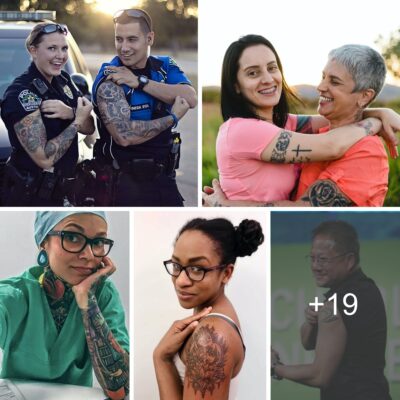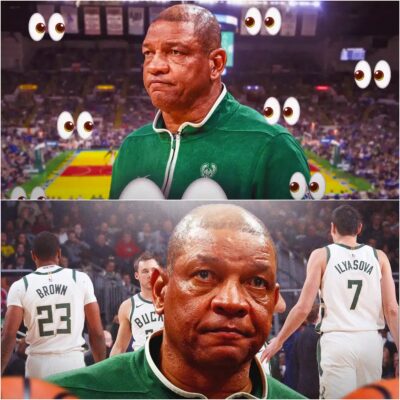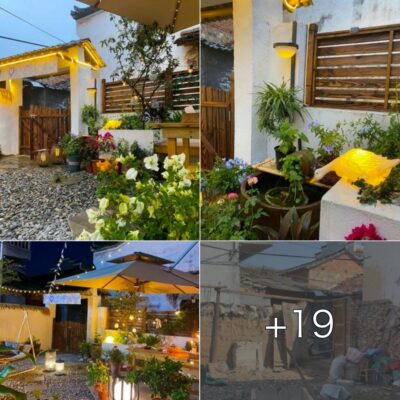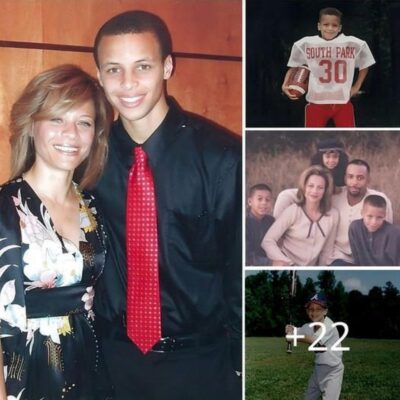Ms. Whang Od Oggay, who turns 103 this year, is the Philippines’ oldest traditional tattoo artist and the last “mambabatok” tattooist.

Ms. Whang Od Oggay is a well-known tattoo artist in the Philippines and around the world. Hundreds of visitors arrive from all over the world every day, every hour, to drive another 15 hours north of Manila to the mountain village of Buscalan, hidden among forests and rice terraces, to get a tattoo from a legend.

Previously, no one in the Philippines paid attention to the traditional tattoo profession nevertheless, Ms. Whang-od continues to fight for the preservation of ancient cultural values.
Ms. Whang-od shot to fame after appearing in a documentary series by American anthropologist Lars Krutak in 2009. She was soon sought after by tourists all over the world.
“The tattoo from Miss Od is really distinct from modern tattoos; it seems like a design done in ancient times,” observed one visitor.
Mrs. Whang-od is now extremely relieved because more people are aware of the tradition of tattooing, which is also popular among young people. Concerned with preserving culture, the burden comes from the tattoos on her body, Mrs. Whang-od is now extremely relieved because more people are aware of the tradition of tattooing. Kalinga had taken note and wanted to learn more.


Ms. Whang-od, who spoke on the history of tattooing in the Philippines, stated that a century ago, Kalinga women tattooed drawings on their skin as a manner of adorning themselves, and that each distinct form of drawing denoted a particular rank among women.
And Kalinga men are only tattooed after sweeping victory in a variety of festivities, including headhunting ceremonies.

During the 1930s, the national government began to prohibit tattoos, and women began to cover their upper bodies with garments. Headhunting evolved from a daring act to a crime.
Students are compelled to wear ao dai to school to conceal their tattoos. Tattoos, according to missionaries and professors, were a sign of savagery that would prohibit people from obtaining jobs and integrating.

Ms. Whang-od has always been interested in preserving this cultural legacy, but the biggest barrier is that this unique tattoo technique can only be passed down through bloodlines.
The ancients believed that if the tattoos were not protected, they would become “polluted.” Despite the fact that Whang Od had no children of her own, she passed on the tradition of neck tattooing to her grandkids.

Ms. Whang-od said: “My friends who have tattoos like me have all passed away. I’m the only one alive. But I’m not afraid that the tradition will die out because I’m digging. create the next tattoo masters”.











